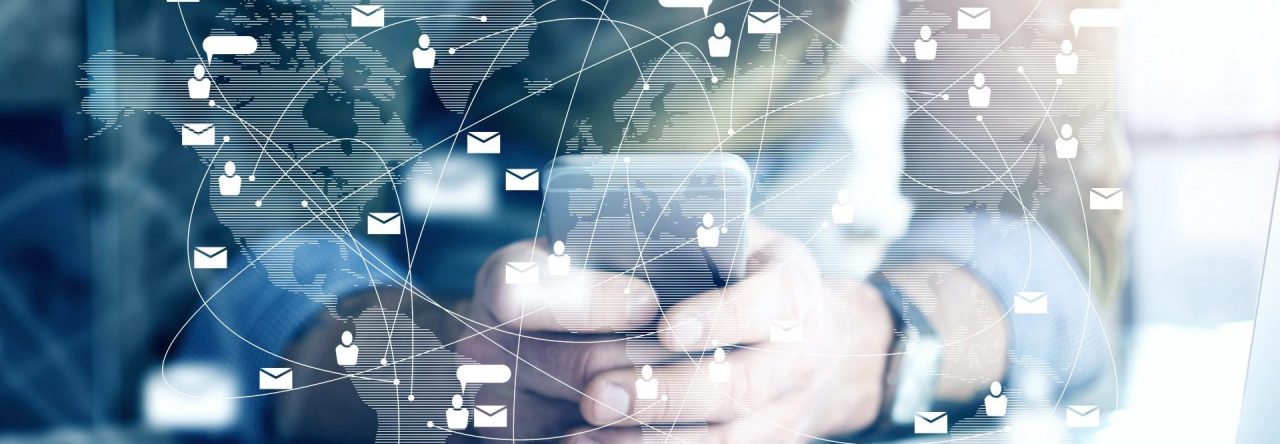
IT Support helps businesses excel by optimizing technology and ensuring systems are scalable. From teaching employees new programs or helping them use existing tech to their advantage to offering cybersecurity strategies that protect data – IT Support is essential in modern business.
But what exactly constitutes IT support?
Defining IT Support
Tech support refers to any type of assistance a company receives with regard to technology products and services. This may include help desk assistance, email and chat support, remote PC access as well as helpdesk helpdesk support. IT Support must provide comprehensive solutions which anticipate their client’s needs while helping them meet their objectives.
IT support services should provide an array of services designed to manage IT-related issues effectively, including assistance with business systems and processes, optimizing existing hardware or software programs for maximum productivity, training staff in new software applications, establishing cybersecurity strategies against data breaches and providing monthly reports that include warranty/license information as well as equipment health reports and financial breakdowns to facilitate budgeting needs.
IT support services that excel take some of the burdensome IT tasks off leadership’s plate, enabling them to focus on managing teams and growing the business instead. In addition, the best IT Support aims at eliminating root causes of technology issues so as to prevent further incidents in future.
Levels of IT Support
IT Service Management (ITSM) supports tiered IT support as an approach, but it isn’t mandatory. Many companies opt for customizing support levels based on their needs and resources available to them.
Level 0 IT support is self-service and automated, requiring minimal human interaction from users. Users access support information via websites as well as application help spaces like manuals, FAQs and search functions to locate it quickly.
Tier 2 IT support levels, often known as Tier 2, specialize in managing more complicated hardware and software issues. Tier 2 technicians possess in-depth knowledge about the products or services their company provides and also offer technical guidance and analysis of backend systems.
Tier 3 IT support is the highest level and consists of subject matter experts for each product or service. This tier provides assistance for more complex technical challenges beyond Level 1 or Tier 2, such as engineers and architects who designed it. In some instances these technicians can even work within the same department where engineers designed it!
In-House Tech Support
IT support is a requirement of virtually every business, but the choice between in-house tech support or contracting with an IT services company comes with both benefits and drawbacks. Hiring in-house staff offers more traditional support, which may suit businesses that rely heavily on their own technology infrastructure.
An in-house IT team consists of employees that monitor a business’s technology needs and address day-to-day issues as they arise, including maintaining backups and security infrastructures.
In-house IT staff can be highly effective and provide fast responses when issues arise, but can be costly. Furthermore, due to servicing multiple clients at once and being local experts on products provided by your business – which could prove especially useful if there’s ever an issue that requires direct interaction with a customer service person.
Third-Party Support
Third-party support refers to services offered outside the control of hardware or software vendors, and can provide an effective alternative to OEM maintenance contracts, which can often be more costly. Opting for third-party IT support services may significantly cut hardware and software expenses down the line.
Rimini Street can offer companies considerable savings over their original equipment Manufacturer (OEM) annual support costs, which is particularly true of larger enterprises that operate at national or international levels, where IT service costs quickly spiral out of control with equipment from multiple manufacturers spread out across numerous locations.
Reduced IT support expenses through moving off SAP or Oracle maintenance gives businesses more freedom to pursue broader aims like digital transformation, as well as choose an IT roadmap tailored more towards business than vendor needs – something which has far reaching effects for any enterprise technology implementation project.

